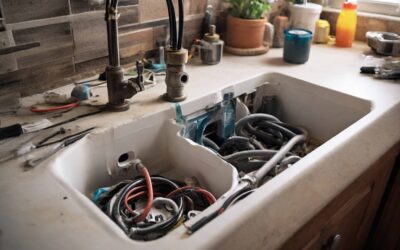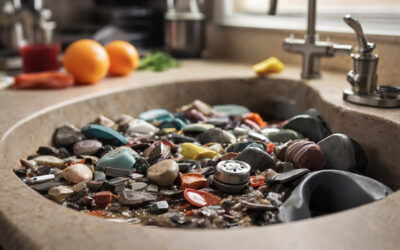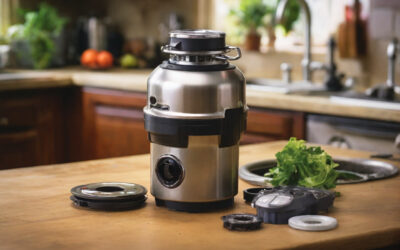Backflow poses a serious threat to the safety and quality of our water supply. This enables water with contamination to get into the main water system. Which can cause potential health hazards. A reliable and efficient solution known as a (RPB) preventer comes into play to prevent this. But how does a reduced pressure backflow preventer work
A reduced-pressure backflow preventer works by creating a barrier or a shield. That prevents contaminating water from flowing back into the main water supply. This device uses a valve system to maintain a lower pressure zone between two check valves. Ensuring that water flows in only one direction and avoids cross-contamination.
This device is a safeguard for a better effective mechanism. Helps to keep the water flowing in one direction, thus preventing potential contamination. In this blog post, We will dive deeper into how a reduced-pressure backflow preventer works. Gain knowledge about the simple terms and the importance of the device. Exploring further inside for better safety and pure water stream for better health.
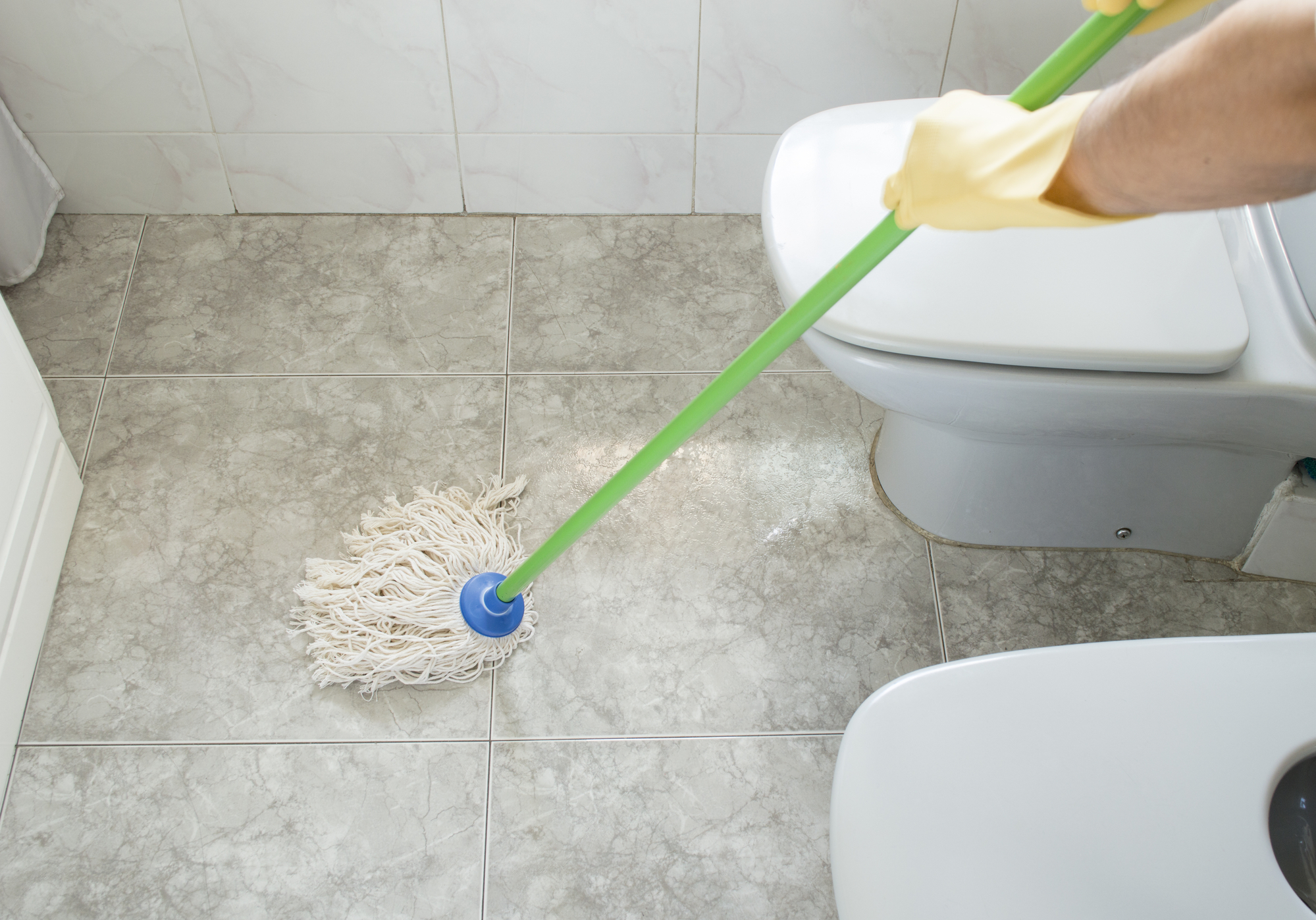
What is a reduced pressure backflow preventer?
A Reduced Pressure Backflow Preventer, also known as RPZ or RPZ backflow preventer, is a device used to prevent the reverse flow of foul water into a potable water supply system. It is a device to protect against back pressure and siphonage. Which can occur when there is a drop in water pressure or negative pressure within the system.
What is an rpz?
A Reduced Pressure Zone (RPZ) backflow preventer is a specific type of backflow prevention device. This device ensures the safety of drinking water by preventing the contamination of the water supply. It consists of two independent check valves and a pressure relief valve, all in a single body.
How does it function?
A reduced pressure backflow preventer works by creating a physical barrier. Between the foul water and the potable water supply system, Rpz creates a shield. It uses a combination of check valves and a pressure relief valve. This helps to protect against both back pressure and back siphonage.
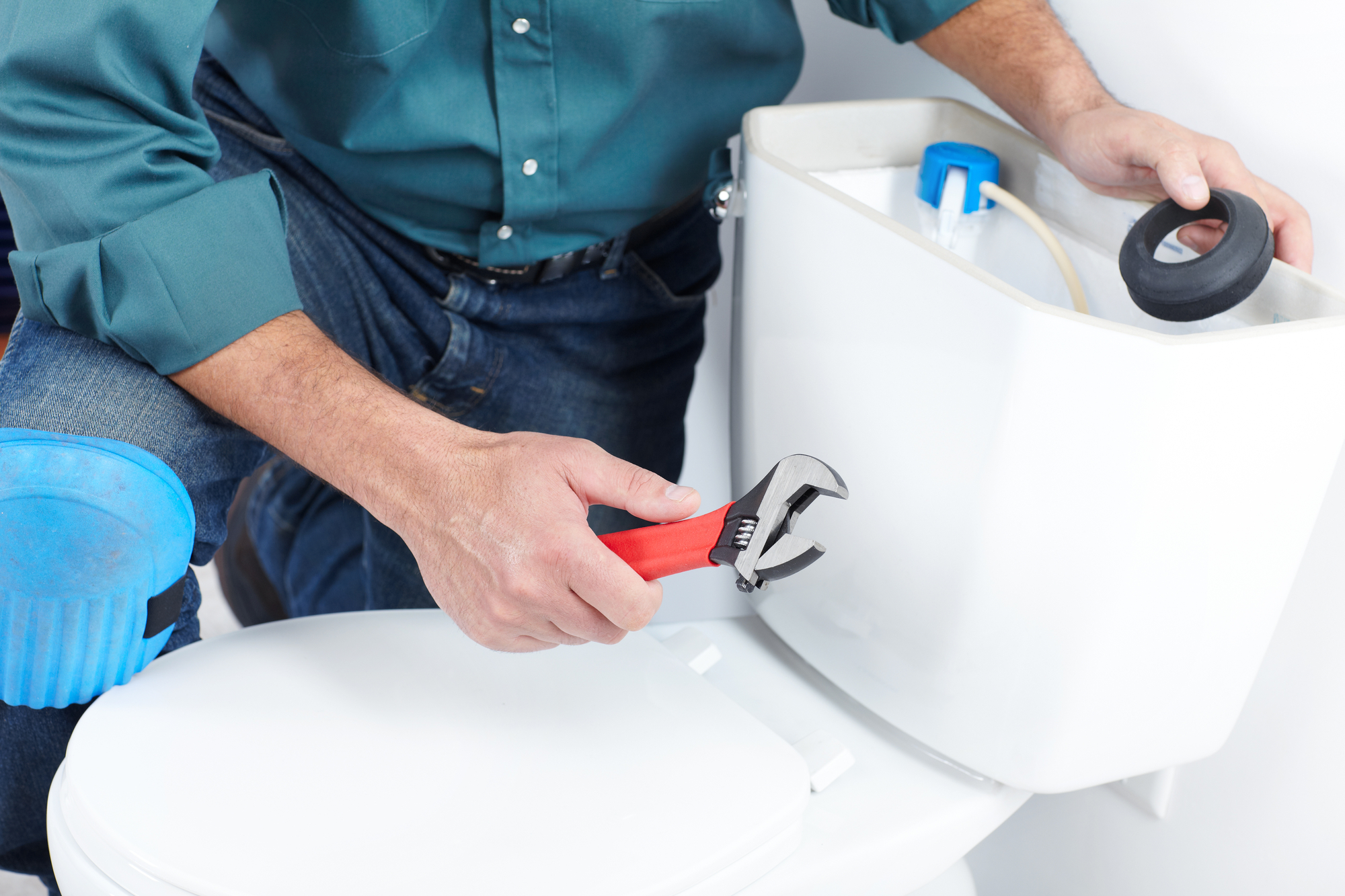
Point of installation
The backflow preventer is installed at the point where the potable water supply system connects to a non-potable water source. Commonly in an irrigation system or a fire sprinkler system. When the pressure within the potable water system is higher than the pressure in the non-potable water source. The check valves in the RPZ prevent the foul water from flowing back into the potable water supply system.
Reliving excess pressure
If there is a drop in pressure within the potable water system. Such as during a water main break or high water demand. The pressure relief valve in the RPZ opens to relieve the excess pressure. Also ensuring that contaminating water does not get back into the potable water supply system.
Overall, the reduced pressure backflow preventer operates by continuously monitoring the pressure differential between the potable water supply and the non-potable water source. It provides an extra layer of protection to safeguard drinking water and ensure its purity, which is vital for the health and well-being of individuals and communities.
Components of a reduced pressure backflow preventer
Components of a Reduced Pressure Backflow Preventer consist of several key elements. These play a crucial role in protecting water supplies from contamination. Understanding the essential parts of an RPZ backflow preventer is essential. In terms of learning how does a reduced pressure backflow preventer works.
Valve system
The heart of an RPZ backflow preventer is its valve system. It employs a double-check valve assembly to control the flow of water. Preventing it from reversing and causing potential contamination. The dual valves, with the help of springs and differential pressure guarantee oner directional flow. Ultimately safeguarding against contaminating weather from backflow.
Relief valve
Another critical component is the relief valve. Specially built to alleviate pressure buildup within the backflow preventer. This safety measure ensures that any excess pressure goes off the chart. Ensuring better maintenance of the integrity of the system and preventing potential damage.
Test cocks
Test cocks, or test ports, serve as access points for testing and maintenance. These valves Help in the inspection of the water pressure and the proper functionality of RPZ. Regular testing and maintenance of the RPZ play a pivotal role in ensuring its effectiveness.
How does a reduced pressure backflow preventer work?
Curious about how a reduced pressure backflow preventer works? In this section, we’ll dive into the inner workings of this essential plumbing device and explore the step-by-step process of how it protects your water supply from contamination.
Overview of the principle
A reduced pressure backflow preventer (RPZ) is a mechanical device built to act as a shield. This device prevents foul water from entering the potable water supply. It is common in commercial and industrial settings. As there is a higher risk of cross-connections between the potable water system and non-potable sources.
Step 1: Normal operating conditions
Under normal operating conditions, the RPZ allows water to flow freely through it without any obstruction or interference. The water enters the device at a higher pressure and flows through the first check valve, which prevents it from moving backward.
Step 2: Detection of backflow
If backflow occurs due to a sudden drop in the pressure of the potable water supply or a simultaneous increase in pressure in the non-potable system, the RPZ senses the change and triggers the backflow detection mechanism.
Step 3: Activation of relief valve
Once backflow is under the radar, the relief valve within the RPZ activates. This valve opens to release the excess pressure due to backflow. Hence preventing it from reaching the potable water supply.
Step 4: Prevention of backflow
Simultaneously, the second check valve in the RPZ closes, preventing the foul water from reversing its flow and entering the clean water supply. This crucial step ensures that the potable water remains safe from potential pollutants or toxins.
Step 5: restoration Of normal flow
Once the backflow is successful prevent it. The relief valve relieves the excess pressure. This makes the RPZ to return to its normal operating state. Water can freely flow through the device, maintaining the integrity of the potable water system.
Rpz valve testing & calibration
When it comes to ensuring the proper functioning of a reduced pressure backflow preventer (RPZ), regular testing and calibration of the RPZ valve are essential. This maintenance process helps to guarantee that the backflow preventer is operating correctly, keeping the water supply safe from contamination.
What i need to be careful of while installing?
Installing an RPZ backflow preventer requires attention to certain details to ensure its effective operation. Here are some crucial factors to consider during the installation process:
- Proper Location: The RPZ valve should have flexibility in terms of testing and maintenance. Ensure that the necessary space requirements are met to avoid any hindrance.
- Correct Orientation: It is important to install the RPZ valve in the correct orientation as the manufacturer indicates. This ensures optimal functioning and prevents any potential issues.
- Appropriate Pressure: The backflow preventer RPZ needs to be in a suitable pressure range. This allows it to perform its optimal functions effectively. Verify the pressure requirement and make necessary adjustments.
- Quality Installation: It is vital to follow the manufacturer’s installation guidelines precisely. Proper pipe support and sealing are necessary to prevent leaks and maintain the integrity of the backflow preventer.
Rpz valve testing & calibration procedure
Regular testing and calibration of the RPZ valve are crucial to maintaining its efficiency in preventing backflow incidents. Following a systematic procedure ensures accurate results. Here’s a step-by-step guide:
- Pressure Verification: Use a pressure gauge to measure the supply pressure. Make sure to ensure it is within the right range of the RPZ backflow preventer.
- Shut-off Valves: Close both upstream and downstream shut-off valves of the RPZ valve.
- Relief Valves: Open the test cocks on both relief valves and flush out any debris or foreign particles.
- Testing Time: Open the upstream shut-off valve slowly and observe the discharge from the relief valve. Monitor the time it takes for the relief valve to open and close.
- Backflow Prevention: While observing the relief valve test cocks, open the downstream shut-off valve. Ensure that the relief valve is shut off during this process. Which will offer proper backflow prevention.
- Pressure Differential: Use a differential pressure gauge. This will help to verify the pressure difference between the upstream and downstream sides. Ensure it meets the manufacturer’s specifications.
- Calibration Adjustment: If the RPZ valve fails any of the above tests, adjustments or repairs may be necessary. Consult a professional to correct any issues and ensure the backflow preventer’s correct operation.
By following these careful installation tips and conducting regular RPZ valve testing and calibration, you can ensure the efficient functioning of your RPZ backflow preventer, keeping the water supply clean and safe.
Benefits and applications
An RPZ is a crucial component in ensuring the safety and purity of our water supply. Its simple yet effective mechanism makes it a valuable asset. The main benefit of this device is the protection against foul water. While as well increase health conditions with better safety. Also not just diseases with better house protection this device helps a lot.
Why is it important?
The function of an RPZ backflow preventer is paramount in safeguarding our water supply from contamination. As water pressure fluctuates, it creates the potential for water pollutants. The main danger is making it flow back into the clean water supply. The RPZ backflow preventer efficiently maintains a barrier. Mitigating the risk of harmful substances entering our drinking water.
Does rpz preventer help firehazard?
Yes, an RPZ backflow preventer is vital in mitigating fire hazards. By ensuring that the water supply is free from contaminants. It guarantees that firefighting systems have access to clean and reliable water. This is crucial for extinguishing fires effectively and preventing further ` damage.
Conclusion
In short, a reduced-pressure backflow preventer is a crucial device for protecting the water supply from contamination. By creating a barrier to prevent backflow, it ensures that clean water remains safe from potential pollutants. Understanding its operation is vital for maintaining a healthy and unfoul water system.




